THE MUSKOX OF SOMERSET
Featured
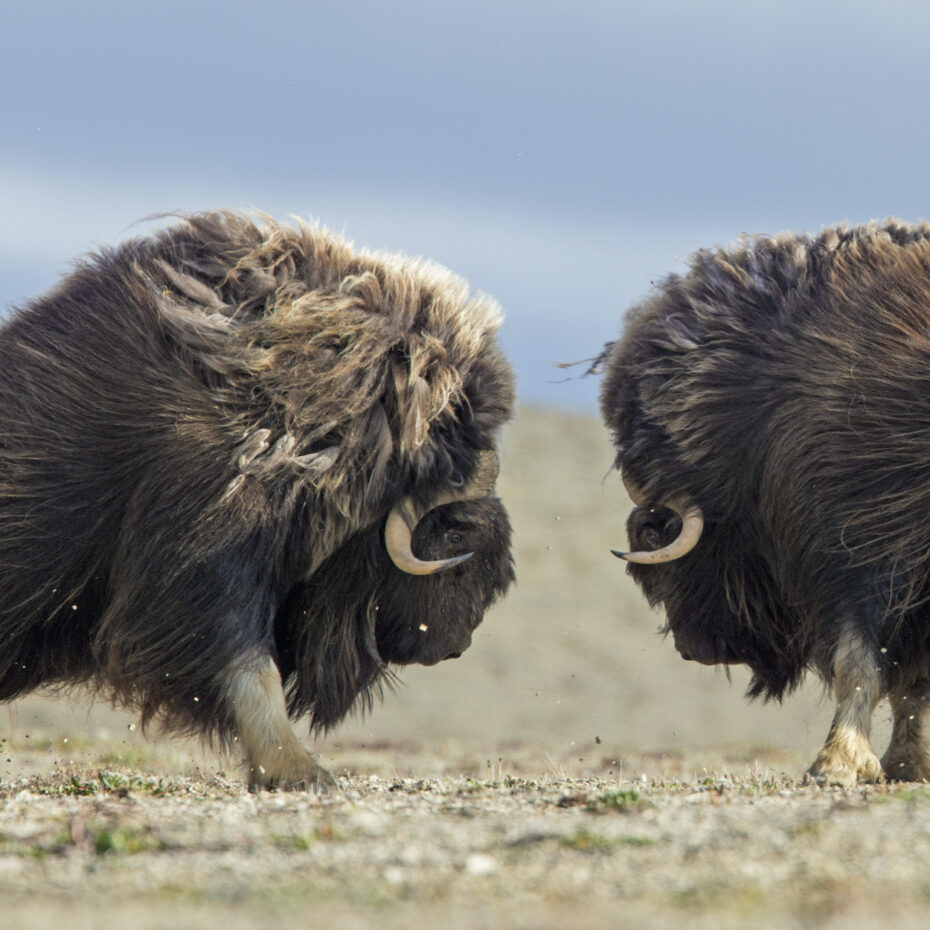
Featured
November 10, 2020 | Arctic Watch
At Weber Arctic, we believe that our adventures should contribute towards conservation - that's why we're proud to be supporting this new project on Somerset starting in 2021.
A glimpse of wild muskoxen is usually high on the wishlists of visitors to Somerset Island, and for good reason. These burly, shaggy, highly cold-adapted ungulates are relics of the Ice Age, survivors of a changed planet. They cut imposing figures with their long, swinging coats of guard hairs and their low-slung, forward-curling horns. During the rut, bulls back away from each other like duelers and charge at high speed, crashing their heads together with a violent clunk that carries far over the tundra.
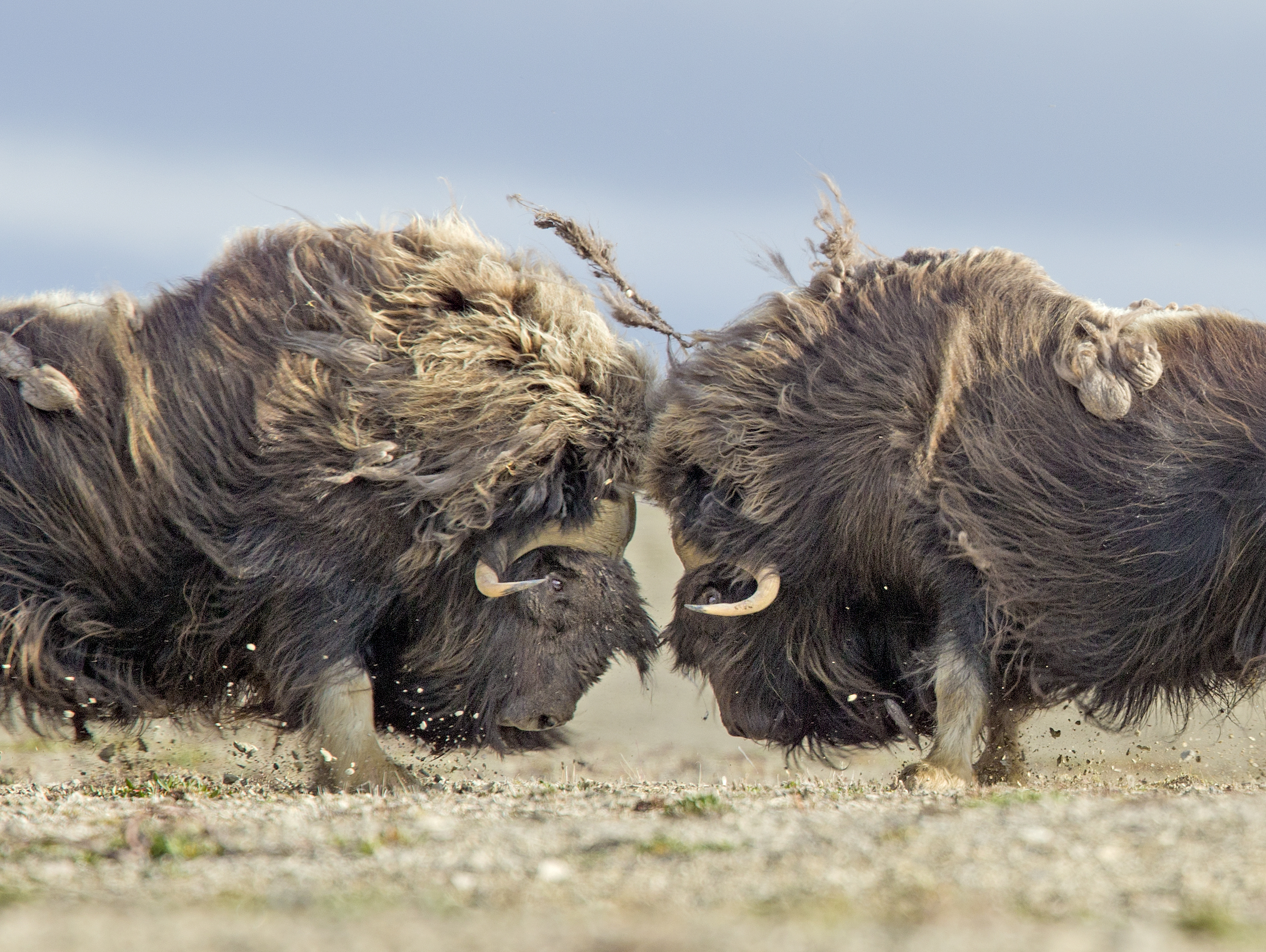
Starting this summer, Arctic Watch guests will be able not just to admire muskoxen but also to roll up their sleeves and help out with scientific research into the species’ health. Dr. Susan Kutz, head of an interdisciplinary Arctic research group into Arctic wildlife health at the University of Calgary’s Faculty of Veterinary Medicine, will be expanding several of her projects to Somerset as part of an ongoing effort to build and maintain a clear picture of the overall well-being of North American muskoxen. While she has been able to conduct research in areas ranging east-west from Quebec to the Yukon and north-south from Ellesmere Island to the Great Slave Lake, Somerset represents new territory for Dr. Kutz. “This will be a really good opportunity to look up there and see what’s going on with the health status of this population,” she says. “With a first field trip, we’ll be looking at what’s feasible to do. Number one, we’ll establish some baselines on what samples we’re able to get. We’ll see what an ongoing monitoring program looks like, check out some of the logistics around that, and see what can be done that will be scientifically robust. Figuring out how to sample and seeing how many groups can be visited will be part of the trick.”
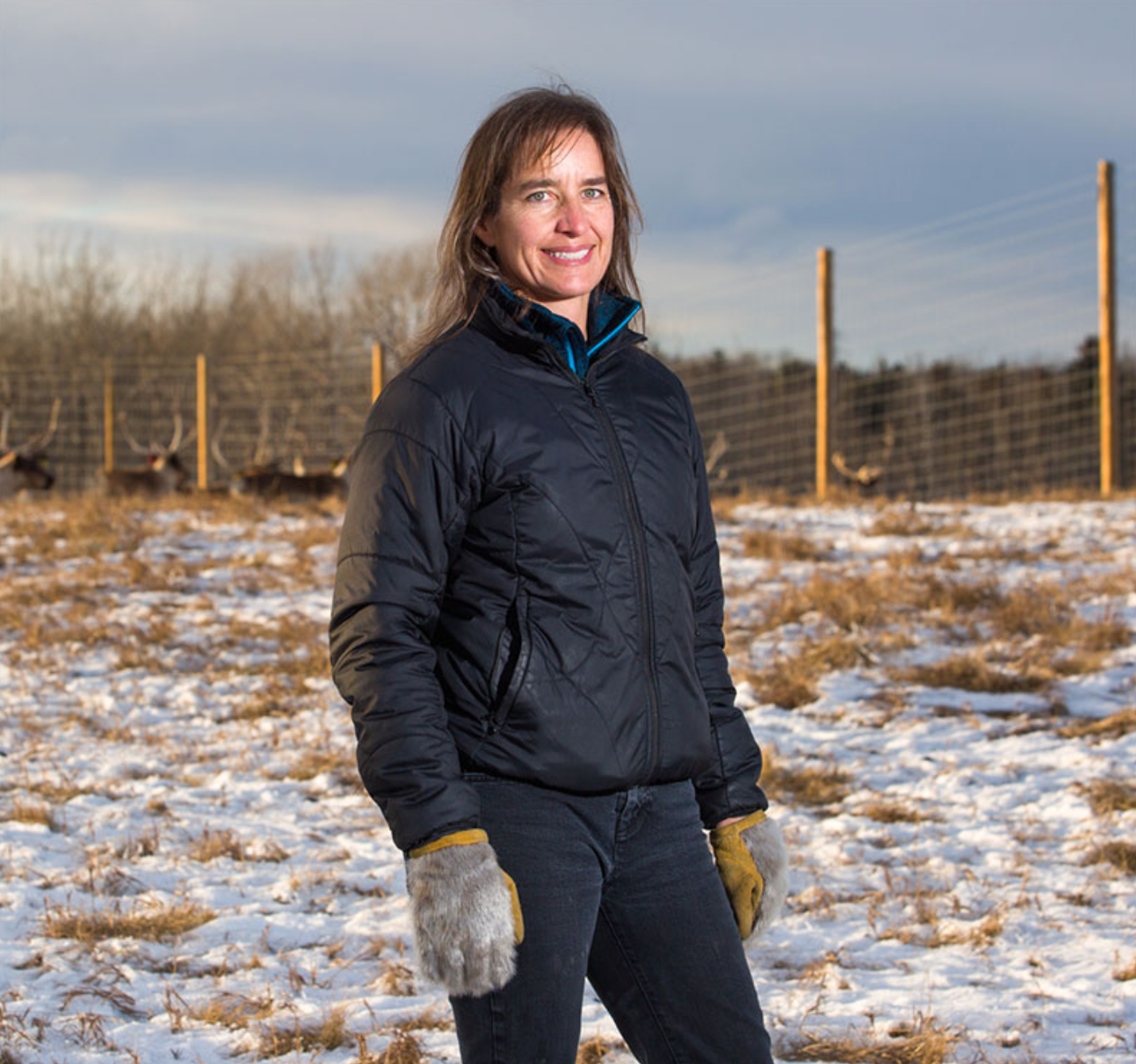
While assessing the health of any species is a complex task, the process is made especially difficult, time-consuming, and expensive by the fact that muskoxen are scattered over a vast and famously harsh habitat. To mitigate this geographical challenge, Dr. Kutz’s group has deputized those who are already out in the field, forming long term relationships with indigineous hunting communities who not only provide valuable local knowledge but have been trained to collect samples used in lab work. In that sense, Arctic Watch guests will be pitching in to a group effort already spanning a huge swath of Canada. “They get to go out there and get their hands dirty,” Dr. Kutz says. “Go look for poop!”
That’s right: poop. As the Arctic is currently warming at two to three times the global average, the region is becoming less hospitable to some species (think polar bears losing their hunting ice) and much friendlier to others. One species whose range is being dramatically expanded by rising temperatures is the parasite Umingmakstrongylus pallikuukensis, a lungworm that lives in muskoxen and whose larvae are transmitted through the animals’ droppings. “It’s pretty new to science,” Dr. Kutz says, noting that the worm was discovered only in 1988 and named in 1995. The lungworms grow to 60-70cm long and, in a bad case, might occupy a mind-boggling proportion of a muskoxen’s lung volume. “We examined lungs from one animal down in the Sahtu where almost half of the lung volume is worms,” says Dr. Kutz, though she points out a more common ratio is 5-20%. Infected muskoxen pass the lungworms’ first stage larvae in their feces, which then penetrate the foot tissue of terrestrial slugs and grow there to infective third stage larvae. The slugs are then eaten by muskoxen as they graze; the lungworm larvae migrate to the muskoxen’s lungs, and the cycle begins again. “The further south you go, the heavier the infections are,” Dr. Kutz says. “It’s all linked to temperature. The warmer it is, the faster the lungworm grows in the slugs, and the faster it grows in the slugs, the more likely it is to be transmitted before the slug dies.”
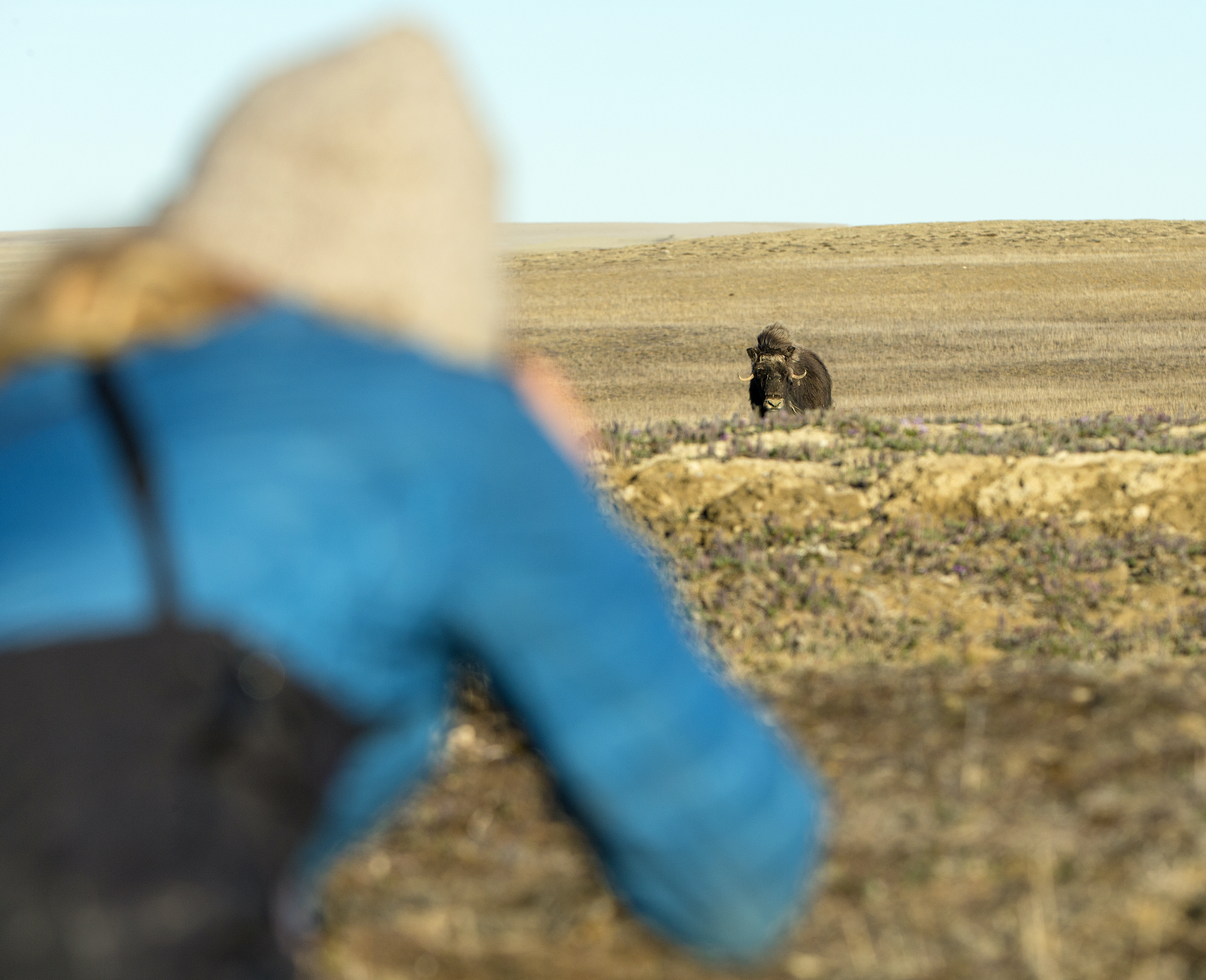
Fortunately for muskoxen, a lungworm infection is unlikely to be a direct cause of death. The parasite will more probably contribute to an animal’s mortality indirectly, by deteriorating its body condition and making it more susceptible to predation. “They can tolerate a fairly heavy infection,” Dr. Kutz says. “A muskox who doesn’t have to move too much and isn’t being chased and who’s in a place where there’s lots of food will probably be fine. Under limited conditions, though, whether it be nutritional since these worms take up a lot of energy, or if predators are putting a chase on them, those animals will fall behind.” As temperatures continue to warm, the parasite’s range will likely continue to expand northward, infecting new populations of muskoxen, and it will become more abundant in the areas it already inhabits, taking a more severe toll on those muskox groups already exposed. This isn’t good news either for muskoxen or for people living in the Arctic, where many communities depend on the animals both as a food source and, through eco-tourism, as a source of jobs and income. That means research like Dr. Kutz’s is all the more vital as a tool for making informed decisions about management and conservation.
Does Dr. Kutz expect to find Umingmakstrongylus pallikuukensis in Somerset’s muskoxen? Not yet. “I would be very surprised if we found it,” she says, pointing out that the worm only used to be found west of the Coppermine River and that its eastward spread has been slowed by its multi-step, slug-reliant infection process. “But if we look at climate records and climate change—assuming the slugs are on Somerset, and I think we can—I expect we will find it there in the next ten years or so.” How to know for sure? Send some poop to the lab.
Lungworms are only one piece of the muskox wellness puzzle. In addition to collecting fecal samples, Arctic Watch guests will also get to gather windblown tufts of the muskoxen’s soft undercoat, or qiviut, which it grows and sheds annually. In addition to having the cozy distinction of being the warmest natural fiber known to man, qiviut contains useful information about the health of the animal that grew it and so is at the center of two more projects Dr. Kutz is bringing to Somerset. First, her research team is interested in determining whether shed qiviut, analyzed in the lab, can be used as an indicator of the levels of essential trace minerals that muskoxen take up with their food like copper, zinc, and selenium. “Historically, the way you checked trace minerals was to take their liver and kidneys,” Dr. Kutz says, “but obviously we don’t want to do that on a live animal. Some of the work we’ve done on Victoria Island and on the mainland in Quebec and the Yukon suggests we’ll be able to detect if there’s deficiencies in the animal from the hair.”
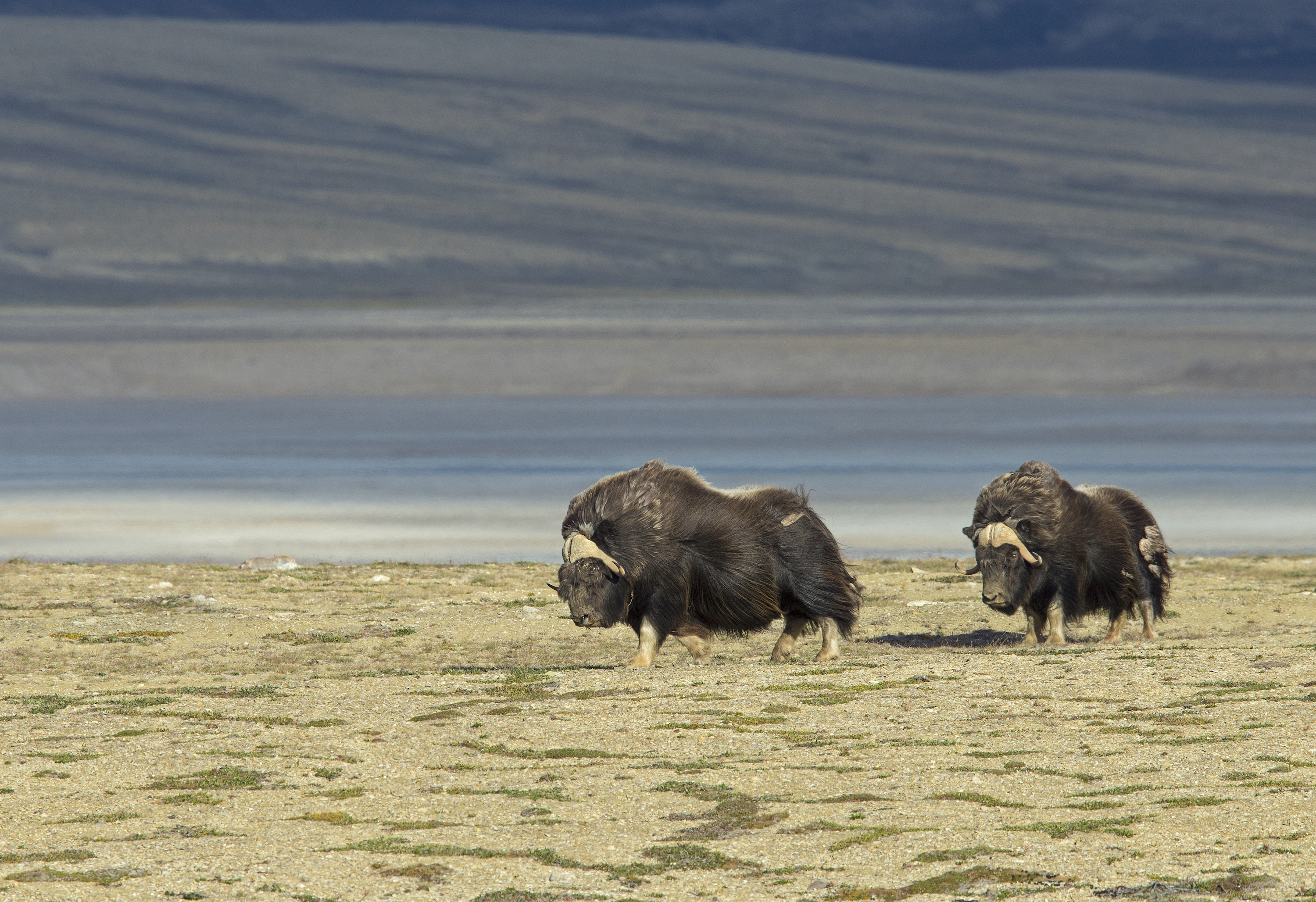
Another piece of information encoded into qiviut has to do with concentrations of stress hormones such as cortisol. While the short-term release of cortisol is essential for the survival of muskoxen (for example, in powering a burst of speed away from a predator), if the animal is too stressed too often over the longer term, there are negative consequences for its immune system and reproductive chances. Monitoring cortisol levels in qiviut is a way for researchers to gauge the animals’ physiological responses to stressors arising in a changing Arctic, from simply living in a climate that is too warm for them to changes in the vegetation they rely on for food. That information, like trace minerals, offers a potential cipher to understanding the species’ health when taken in combination with surveys of herds.

“What is potentially nice about Somerset is that animals can hopefully be monitored regularly,” Dr. Kutz says. “Because there’s no hunting, the accessibility of animals is much better. So you can go and watch them and do a herd composition, where you count how many young, how many males, etc. If this is recorded systematically, then we get a measure of productivity, meaning what was calving like, what was recruitment like. Longer term, we’ll combine observations like that with fecal sampling and hair sampling. These are things that are non-invasive but that can tell us more and more as technology improves. Ongoing monitoring of these health measures may provide critical insights into how populations are doing, and perhaps even be used to predict how they will do in the future. These can be valuable tools that are used every year for monitoring and that complement larger but much less frequent population surveys and censuses.”
For additional reading on the lungworm and its expanding range:
https://www.nature.com/articles/s41598-020-74358-5
https://digitalcommons.unl.edu/cgi/viewcontent.cgi?article=1743&context=parasitologyfacpubs
We understand that booking a trip like this is a big endeavour. Please reach out to us with any questions that you might have regarding your upcoming adventure.